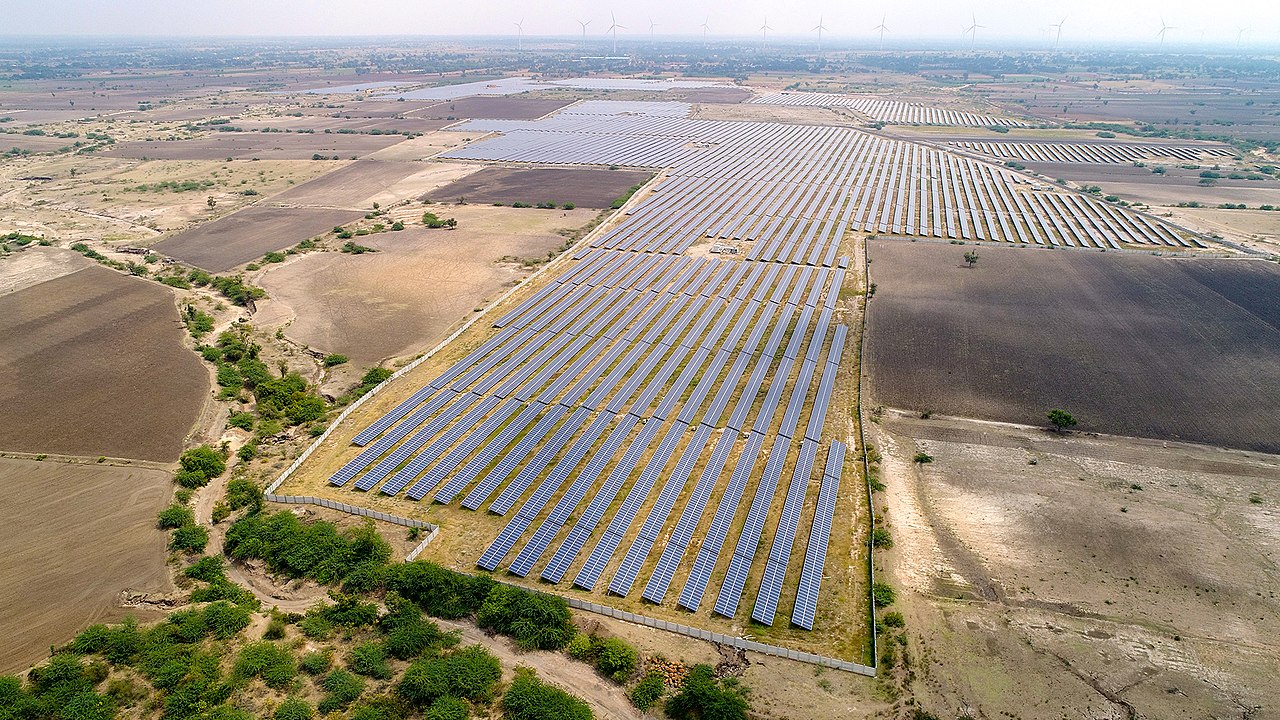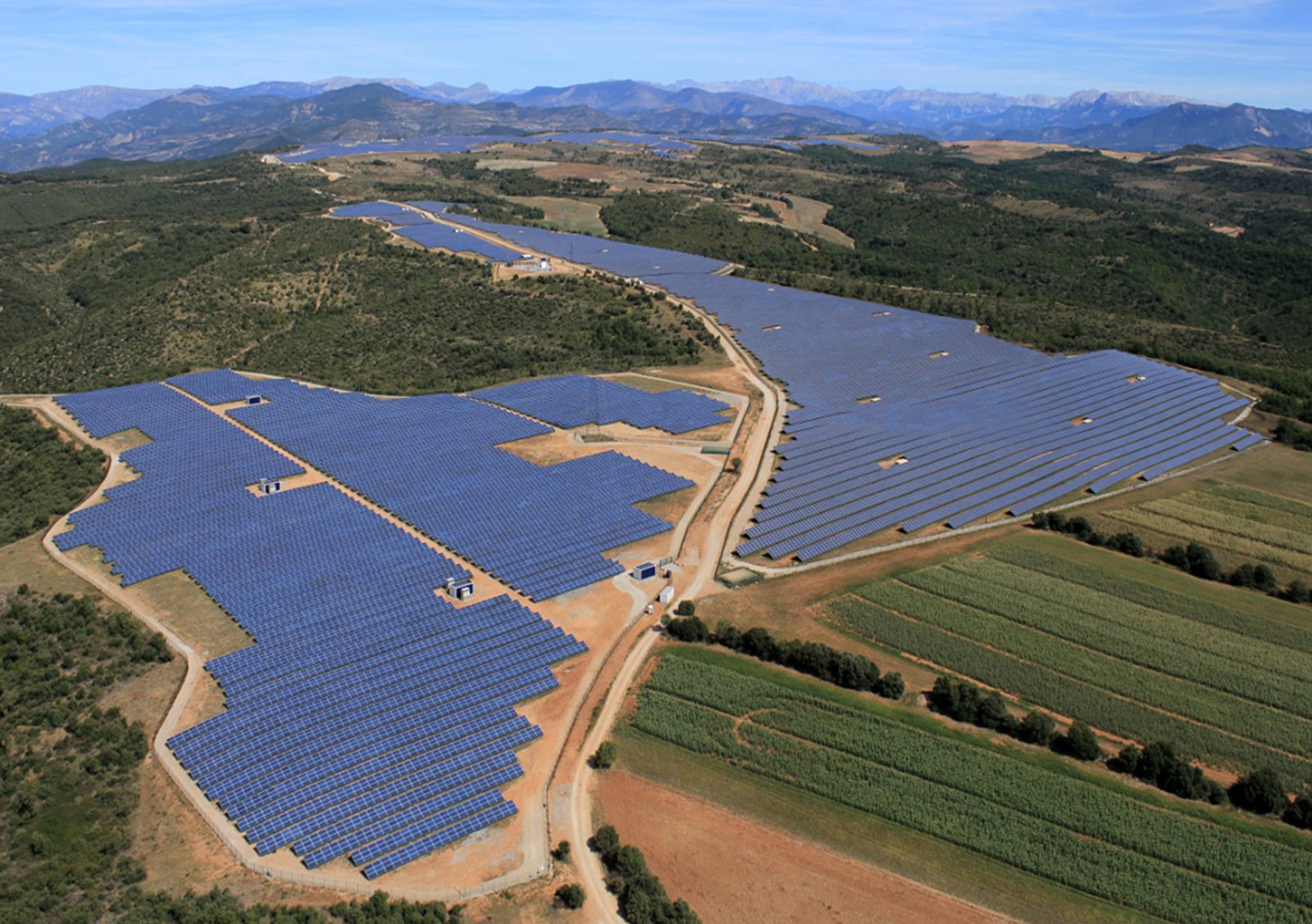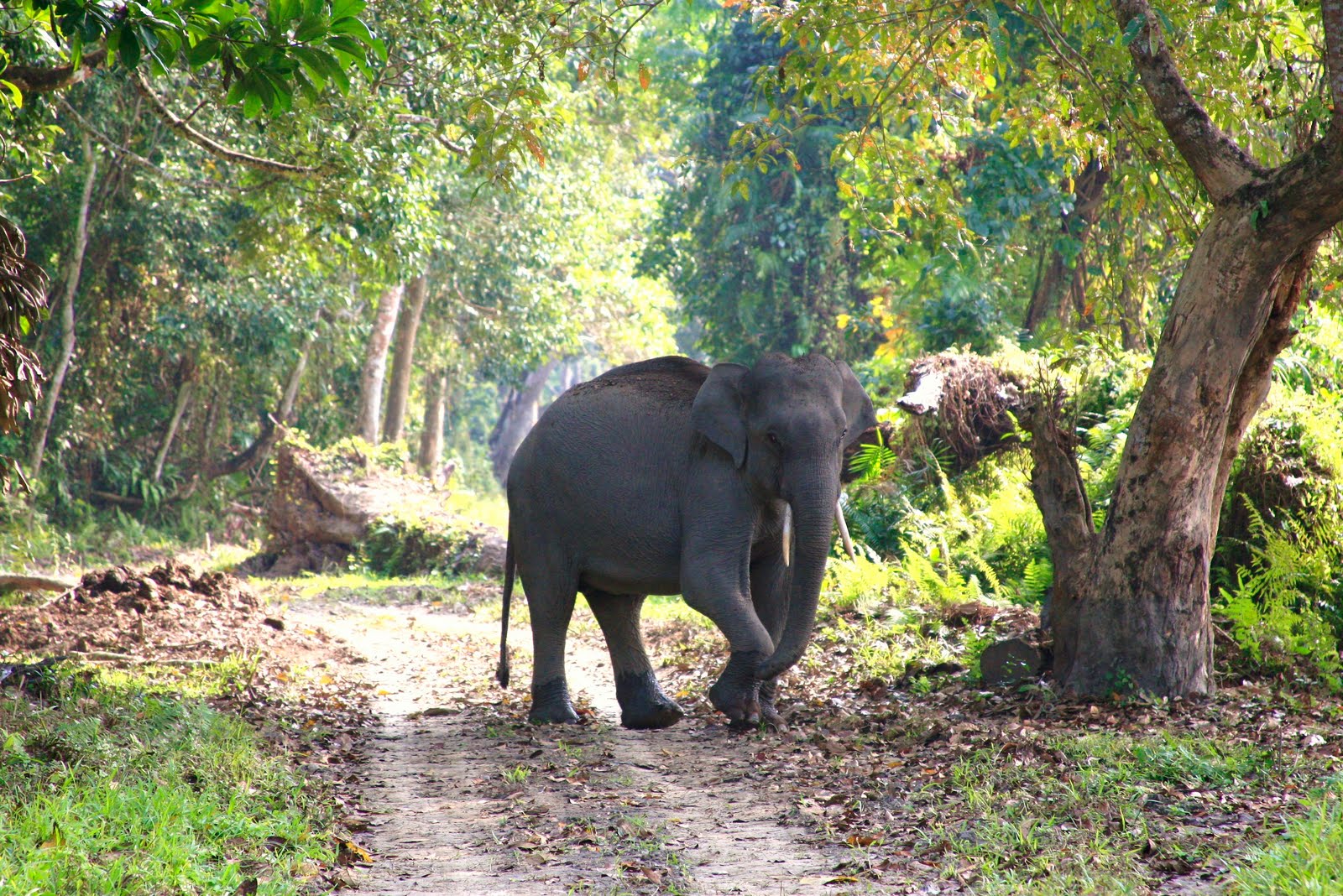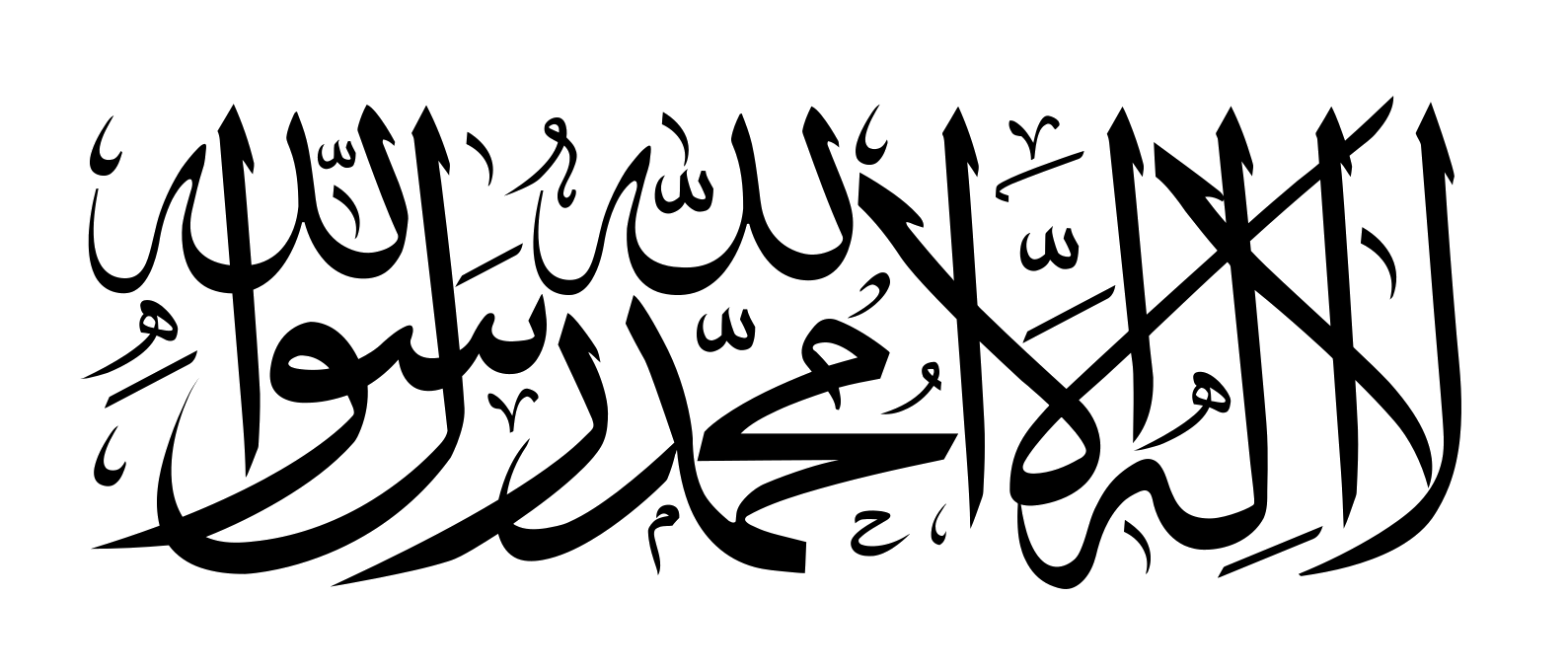
漢德百科全書 | 汉德百科全书
 India
India



 Egypt
Egypt
 Ethiopia
Ethiopia
 Brazil
Brazil
 BRICS summit
BRICS summit
 China
China

 Hand in Hand
Hand in Hand
 India
India
 Iran
Iran
 Russia
Russia
 South Africa
South Africa
 United Arab Emirates
United Arab Emirates

 Important International Organizations
Important International Organizations

 Economy and trade
Economy and trade

金砖国家,简称金砖国,原称金砖四国(英语:BRIC)、金砖五国(英语:BRICS),现指九个主要的新兴市场国家,分别为巴西、俄罗斯、印度、中华人民共和国、南非、埃及、埃塞俄比亚、伊朗及阿拉伯联合酋长国。
金砖国家人口和国土面积在全球占有重要份额,是世界经济增长的主要动力之一。[1]组织中国家的共同点为领土面积大、人口多、发展中国家以及被认为有一定甚至巨大的发展潜力。所以可以说在可见的未来里,这个组织或者组织中某个或多个国家会一定程度上的影响甚至领导全球经济。
2010年12月23日,南非作为正式成员加入金砖国家。2023年金砖国家峰会后,南非总统宣布邀请阿根廷(后撤回加入申请)、埃及、埃塞俄比亚、伊朗、沙特阿拉伯(后搁置加入申请)、阿拉伯联合酋长国成为金砖国家的正式成员[2]。
BRICS is the acronym coined by British Economist Jim O’Neill meant for an association of five major emerging national economies: Brazil, Russia, India, China and South Africa. Originally the first four were grouped as "BRIC" (or "the BRICs"), before the induction of South Africa in 2010.[4] The BRICS members are known for their significant influence on regional affairs; all are members of G20.[5] Since 2009, the BRICS nations have met annually at formal summits. China hosted the 9th BRICS summit in Xiamen on September 2017,[6] while South Africa will do so for the 10th BRICS summit in July 2018. The term does not include countries such as South Korea, Mexico and Turkey for which other acronyms and group associations were later created.
In 2015, the five BRICS countries represent over 3.1 billion people, or about 41% of the world population; four out of five members (excluding South Africa at #24) are in the top 10 of the world by population. As of 2018, these five nations have a combined nominal GDP of US$18.6 trillion, about 23.2% of the gross world product, combined GDP (PPP) of around US$40.55 trillion (32% of World's GDP PPP) and an estimated US$4.46 trillion in combined foreign reserves.[7][8] Overall the BRICS are forecasted to expand 4.6% in 2016, from an estimated growth of 3.9% in 2015. The World Bank expects BRICS growth to pick up to 5.3% in 2017.[9] The BRICS have received both praise and criticism from numerous commentators.[10][11][12] Bilateral relations among BRICS nations have mainly been conducted on the basis of non-interference, equality, and mutual benefit.[13]
BRICS est un acronyme anglais pour désigner un groupe de cinq pays qui se réunissent depuis 2011 en sommets annuels : Brésil, Russie, Inde, Chine et Afrique du Sud (en anglais : Brazil, Russia, India, China, South Africa).
Avant l'ajout de l'Afrique du Sud en 2011, le groupe était appelé BRIC, terme initial inventé en 2001 et qui a conduit à l'organisation des premiers sommets à quatre pays en 2009. Rarement utilisés, les équivalents français de cet acronyme - après l'adhésion de l'Afrique du Sud - sont ABRIC (Afrique du Sud, Brésil, Russie, Inde et Chine1), BRASIC ou encore BRICA2.
L'acronyme BRICSAM (en anglais : Brazil, Russia, India, China, South Africa, Mexico) est également utilisé pour y adjoindre le Mexique, sans qu'il ne soit membre du groupe.
Il BRICS in economia internazionale è un'associazione di cinque paesi tra le maggiori economie emergenti. Il nome è l'acronimo delle iniziali dei cinque stati:
Tali economie si propongono di costruire un sistema commerciale globale attraverso accordi bilaterali che non siano basati esclusivamente sul petrodollaro. Il termine ha avuto origine dal precedente BRIC, con l'aggiunta della S relativa al Sudafrica.
En economía internacional,1 se emplea la sigla BRICS para referirse conjuntamente a Brasil, Rusia, India, China y Sudáfrica,2 aunque en este artículo se hará más referencia al BRIC, que excluye este último país, el que se unió al grupo en 2011. En términos generales, BRICS es el acrónimo de una asociación económica-comercial de las cinco economías nacionales emergentes más importantes del mundo. Los BRICS son considerados el paradigma de la cooperación Sur-Sur, aunque recientemente esta interpretación fue puesta en cuestión dadas las contradicciones entre los intereses de China y los demás miembros.3
Todas estas naciones tienen en común una gran población (China e India por encima de los mil cien millones, Brasil y Rusia por encima de los ciento cuarenta millones), un enorme territorio (casi 38,5 millones km²), lo que les proporciona dimensiones estratégicas continentales, una gigantesca cantidad de recursos naturales y, lo más importante, las enormes cifras que han presentado de crecimiento de su producto interno bruto (PIB) y de participación en el comercio mundial en los últimos años, lo que los hace atractivos como destino de inversiones.4
México y Corea del Sur son los únicos países comparables a los BRIC, pero sus economías se excluyeron debido a que ya son miembros de la OCDE.5 Estos países, Brasil, China, India y Sudáfrica, exceptuando a Rusia que pertenece al G-8, también forman parte del G-5. Argentina, en tanto, fue invitada a la cumbre de Fortaleza, junto a los miembros de la Unión de Naciones Suramericanas realizada en julio de 2014.
Em economia, BRICS é um acrônimo que se refere aos países membros fundadores (o grupo BRIC: Brasil, Rússia, Índia e China), que juntos formam um grupo político de cooperação. Em 14 de abril de 2011,[1] o "S" foi oficialmente adicionado à sigla BRIC para formar o BRICS, após a admissão da África do Sul (em inglês: South Africa) ao grupo.[2][3][4] Os membros fundadores e a África do Sul estão todos em um estágio similar de mercado emergente, devido ao seu desenvolvimento econômico. É geralmente traduzido como "os BRICS" ou "países BRICS" ou, alternativamente, como os "Cinco Grandes".
Apesar de o grupo ainda não ser um bloco econômico ou uma associação de comércio formal, como no caso da União Europeia,[5] existem fortes indicadores de que os quatro países do BRIC têm procurado formar um "clube político" ou uma "aliança", e assim converter "seu crescente poder econômico em uma maior influência geopolítica."[6][7] Desde 2009, os líderes do grupo realizam cúpulas anuais.[8]
A sigla (originalmente "BRIC") foi criada por Jim O'Neill em um estudo de 2001 intitulado "Building Better Global Economic BRICs".[9][10][11] Desde então, a sigla passou a ser amplamente usada como um símbolo da mudança no poder econômico global, distanciando-se das economias desenvolvidas do G7 em relação ao mundo em desenvolvimento.
De acordo com um artigo publicado em 2005, o México e a Coreia do Sul seriam os únicos outros países comparáveis aos BRICS, mas suas economias foram inicialmente excluídas por serem consideradas mais desenvolvidas, uma vez que já eram membros da Organização para a Cooperação e Desenvolvimento Econômico.[12] As relações bilaterais entre os países dos BRICS tem sido conduzidas principalmente com base nos princípios de não-interferência, igualdade e benefício mútuo.[13]
ब्रिक्स (BRICS) उभरती राष्ट्रीय अर्थव्यवस्थाओं के एक संघ का शीर्षक है। इसके घटक राष्ट्र ब्राज़ील, रूस, भारत, चीन और दक्षिण अफ्रीका हैं। इन्हीम देशों के अंग्रेज़ी में नाम के प्रथमाक्षरों B, R, I, C व S से मिलकर इस समूह का यह नामकरण हुआ है।[1] मूलतः, २०१० में दक्षिण अफ्रीका के शामिल किए जाने से पहले इसे "ब्रिक" के नाम से जाना जाता था। रूस को छोडकर[2], ब्रिक्स के सभी सदस्य विकासशील या नव औद्योगीकृत देश हैं जिनकी अर्थव्यवस्था तेजी से बढ़ रही है। ये राष्ट्र क्षेत्रीय और वैश्विक मामलों पर महत्वपूर्ण प्रभाव डालते हैं। वर्ष २०१३ तक, पाँचों ब्रिक्स राष्ट्र दुनिया के लगभग 3 अरब लोगों का प्रतिनिधित्व करते हैं और एक अनुमान के अनुसार ये राष्ट्र संयुक्त विदेशी मुद्रा भंडार में ४ खरब अमेरिकी डॉलर का योगदान करते हैं। इन राष्ट्रों का संयुक्त सकल घरेलू उत्पाद १५ खरब अमेरिकी डॉलर का है।[3] वर्तमान में, दक्षिण अफ्रीका ब्रिक्स समूह की अध्यक्षता करता है।
БРИКС (англ. BRICS — сокращение от Brazil, Russia, India, China, South Africa) — группа из пяти стран: Бразилия, Россия, Индия, Китай, Южно-Африканская Республика.
Сокращение БРИК (BRIC) было впервые предложено аналитиком Джимом О’Нилом в ноябре 2001 года в аналитической записке банка «Goldman Sachs» Building Better Global Economic BRICs (Кирпичи для новой экономики)[1][2]. До 2011 года по отношению к организации использовалась аббревиатура БРИК. В связи с присоединением ЮАР к БРИК 18 февраля 2011 года, по заявлению индийского министра финансов с этого времени группа стала носить название BRICS[3].
Последовательность букв в слове определяется не только благозвучием, но и тем, что само слово в английской транскрипции BRICS очень похоже на английское слово bricks — «кирпичи»[4], таким образом, данный термин используется в качестве обозначения группы стран, за счёт роста которых во многом будет обеспечиваться будущий рост мировой экономики.
Организация была основана в июне 2006 года, в рамках Петербургского экономического форума (ПЭФ) с участием министров экономики Бразилии, России, Индии, Китая. Помимо саммитов, встречи проходят на уровне глав МИД, министров финансов и др.
Эксперты не предполагали наличия координации экономических политик между странами БРИК. Тем более не предполагалось, что страны БРИК образуют некий экономический блок или официальную торговую ассоциацию, как Европейский союз. Однако со временем появились признаки, что «четыре страны БРИК стремятся сформировать политический клуб» или «союз», и таким образом преобразовать «свою растущую экономическую власть в большее геополитическое „влияние“». С сентября 2006 года началось налаживание политических связей в рамках БРИК: во время 61-й сессии ООН была проведена встреча министров иностранных дел четырёх стран. Главы государств БРИК впервые встретились 9 июля 2008 года в Тояко-Онсэн (Хоккайдо, Япония) в рамках 34-го саммита G8 и договорились о проведении полноформатного саммита, который состоялся в Екатеринбурге 16 июня 2009 года[5]. [источник не указан 1284 дня]



Der Karakorum ist ein bis zu 8611 m hohes Gebirge in Südasien. Er trägt mit dem K2 den zweithöchsten Berg der Erde sowie mit Broad Peak (8051 m), Gasherbrum I („Hidden Peak“, 8080 m) und Gasherbrum II (8034 m) drei weitere Achttausender. Außerdem befinden sich hier 63 eigenständige Siebentausender und etliche Nebengipfel.[1] Der Karakorum erstreckt sich über den Norden Pakistans, Indiens und den Westen Chinas, Teile des Grenzverlaufs sind umstritten. Der Indus und dessen Zufluss Shyok grenzen den Karakorum von der Himalaya-Hauptkette im Südosten ab.
Das Gebirge hat eine Ausdehnung von etwa 700 Kilometern Länge und eine Breite von 100 bis 150 Kilometern und erstreckt sich in einem leichten Bogen von Nordwest nach Südost.[2]
Der Karakorum wird als höchstes Gebirge der Welt bezeichnet. Der höchste Berg der Erde, der Mount Everest, liegt zwar nicht im Karakorum, aber mehr als die Hälfte der Gebirgsfläche liegt oberhalb von 5000 Metern.[3] Das Tibetische Hochland liegt auf einer Höhe von 4500 bis 5000 Metern, ist aber relativ flach oder gewellt, wohingegen der Karakorum mit seinen steilen Bergen und tiefen Tälern die größte Fläche an topografischem Relief über 6000 Meter aufweist.[2]
喀喇昆仑山脉(拉丁语:Qaraqoram,维吾尔语:Qaraqoram,قاراقورام,意为“黑色岩山”)位于中华人民共和国、塔吉克斯坦、阿富汗、巴基斯坦和印度等国边境。宽度为240公里,长度约为800公里。平均海拔超过5500米。 喀喇昆仑山脉拥有8000米以上高峰4座,7500米以上高峰15座。喀喇昆仑山脉主山脊称“大喀喇昆仑山”,各段分别以大冰川命名,分为7个“慕士塔格山”(意为“冰山”),主山脊两侧的山地称“小喀喇昆仑山”。世界中、低纬度山地冰川长度超过50公里的共有8条,其中喀喇昆仑山占6条,山脉的冰川总面积达1.86万平方公里。
カラコルム山脈(カラコルムさんみゃく,英: Karakoram range)は、パキスタン・インド・中国の国境付近に横たわる山脈である。アジアの大きな山塊の一部として広義のヒマラヤ山脈の一部であるが、狭義のヒマラヤ山脈とは独立した山脈である。氷河の多くが瓦礫に覆われている。カラコルムとはテュルク語・モンゴル語で「黒い砂利」という意味である。
カラコルム山脈には世界第2位のK2を筆頭に60座以上の標高7,000メートル以上の山が存在している。これらは主にパキスタンの北方地区(パキスタン名: ギルギット・バルティスタン州)に集中している。山脈の長さは500キロメートルにわたり、極地を除けば世界最大の氷河地帯もある。70キロメートルのシアチェン氷河と63キロメートルのビアフォ氷河は、極地を除けば世界で2・3番目に長い氷河である(最長はタジキスタンのフェドチェンコ氷河(77キロメートル)である)。
カラコルム山脈は、北東部でチベット高原に接し、北にはアフガニスタンとタジキスタンの国境がある。他にパミール高原にも囲まれている。北西部はヒンドゥ・ラジ山脈を経てヒンドゥークシュ山脈につながっている。南部は、インダス川・ギルギット川・ショーク川といった川によってヒマラヤ山脈との境界が作られている。
標高が高く起伏に富む地形のため、カラコルム山脈は人が住むのに適していない。ヨーロッパの探検家が最初にこの地を訪れたのは19世紀初頭だったが、その後イギリスの測量士が現地に入ったのは1856年であった。
マスタフ峠は1887年にフランシス・ヤングハズバンド大佐の遠征で横断された。また、フンザ川上流の谷は1892年にジョージ・コクリルによって探検された。その後1910年代から1920年代にかけての探索によって、この地域の地理の大部分が判明している。
The Karakoram is a mountain range spanning the borders of China, India, and Pakistan, with the northwest extremity of the range extending to Afghanistan and Tajikistan; its highest 15 mountains are all based in Pakistan. It begins in the Wakhan Corridor (Afghanistan) in the west and encompasses the majority of Gilgit-Baltistan (Pakistan) and extends into Ladakh (India) and the disputed Aksai Chin region controlled by China. It is the second highest mountain range in the world and part of the complex of ranges including the Pamir Mountains, the Hindu Kush and the Himalayan Mountains.[1][2] The Karakoram has eighteen summits over 7,500 m (24,600 ft) height, with four of them exceeding 8,000 m (26,000 ft):[3] K2, the second highest peak in the world at 8,611 m (28,251 ft), Gasherbrum I, Broad Peak and Gasherbrum II.
The range is about 500 km (311 mi) in length and is the most heavily glaciated part of the world outside the polar regions. The Siachen Glacier at 76 kilometres (47 mi) and the Biafo Glacier at 63 kilometres (39 mi) rank as the world's second and third longest glaciers outside the polar regions.[4]
The Karakoram is bounded on the east by the Aksai Chin plateau, on the northeast by the edge of the Tibetan Plateau and on the north by the river valleys of the Yarkand and Karakash rivers beyond which lie the Kunlun Mountains. At the northwest corner are the Pamir Mountains. The southern boundary of the Karakoram is formed, west to east, by the Gilgit, Indus and Shyok rivers, which separate the range from the northwestern end of the Himalaya range proper. These rivers flow northwest before making an abrupt turn southwestward towards the plains of Pakistan. Roughly in the middle of the Karakoram range is the Karakoram Pass, which was part of a historic trade route between Ladakh and Yarkand but now inactive.
The Tashkurghan National Nature Reserve and the Pamir Wetlands National Nature Reserve in the Karalorun and Pamir mountains have been nominated for inclusion in UNESCO in 2010 by the National Commission of the People's Republic of China for UNESCO and has tentatively been added to the list.[5]
Le Karakoram ou Karakorum est une chaîne de montagnes se trouvant dans la région montagneuse du Gilgit-Baltistan, au nord du Pakistan.
Il est situé à la frontière du Pakistan, de l'Inde et de la Chine et s'étend sur une longueur de plus de 500 kilomètres. Cette chaîne rassemble une très forte concentration de hauts sommets et il contient entre autres le deuxième plus haut sommet du monde (le K2, 8 611 m). Il est aussi celui où l'on recense le plus de glaciers, 135 de taille importante dont l'un des plus longs hors région polaire, le glacier du Baltoro avec ses 57 km, et surtout, le Siachen, long de 75 km (80 km en 1970). On dénombre huit glaciers de plus de cinquante kilomètres de longueur, ce qui représente un stock d'eau douce vital pour toutes les régions se trouvant en aval, particulièrement arides et enclines à subir des sécheresses. La présence de ces glaciers gigantesques est à l'origine du surnom donné au Karakoram : le « troisième Pôle ». Ces eaux contribuent fortement à l'alimentation du fleuve Indus situé au sud de la région et qui arrose 130 millions de Pakistanais.
Le Karakoram a les mêmes origines géomorphologiques que l'Himalaya, à savoir la collision entre les plaques indo-australienne et eurasienne. Il possède au sein du massif du Baltoro Muztagh quatre des quatorze sommets de plus de 8 000 m du globe (les dix autres sont dans l'Himalaya) : le K2 (8 611 m), le Gasherbrum I (8 068 m), le Broad Peak (8 047 m) et le Gasherbrum II (8 035 m). Les autres sommets remarquables sont le Chogolisa, le pic Haramosh, le Kanjut Sar, l'Ogre, le Rakaposhi ou encore le Saser Kangri, tous compris entre 7 000 et 8 000 mètres d'altitude.
Le col de Khunjerab, sur la Karakoram Highway, est le passage de frontière en activité le plus élevé du monde.
Il Karakorum o Caracorum (in entrambe le grafie, AFI: /karakoˈrum/ o /karaˈkɔrum/[1][2]; grafia alternativa Karakoram) è una sub catena montuosa situata a nord-ovest della catena dell'Himalaya, diviso da questa dalla fossa del fiume Indo, formando per circa 450 km il confine tra il Kashmir (pakistano e indiano) e la Cina e connettendosi verso ovest con la catena dell'Hindu Kush in Afghanistan.
Tra le zone del mondo più ricoperte da ghiacciai, con la sola esclusione delle calotte polari, a causa della sua altitudine e scabrosità è molto meno abitato rispetto all'Himalaya e al suo interno sono compresi 4 dei 14 ottomila esistenti sulla Terra.
La cordillera del Karakórum (del turco: "pedregal negro") es, con el Himalaya, una de las grandes cordilleras de Asia, situada en la frontera entre Pakistán (Gilgit-Baltistán), la India (Ladakh, en el estado Jammu y Cachemira) y China (región autónoma uigur de Sinkiang). Tiene una longitud de unos 500 km y es la región del mundo con más glaciares fuera de las regiones polares. Cinco de las catorce cumbres de más de ocho mil metros que existen en la Tierra se encuentran en esta cordillera.
Está rodeada, al este por la meseta Aksai Chin, al noreste por el límite de la meseta tibetana, y al norte por los valles de los ríos Yarkand y Karakash, más allá de los cuales se encuentran las montañas Kunlun. En la esquina noroeste están las montañas de la cordillera del Pamir. El límite meridional del Karakórum está formado, de oeste a este, por los ríos Gilgit, Indo y Shyok, que separan la cordillera del extremo noroeste de la cordillera del Himalaya. Estos ríos fluyen hacia el noroeste antes de dar un giro abrupto hacia al suroeste, hacia las llanuras de Pakistán. Aproximadamente en el centro de la cordillera del Karakórum está el puerto de Karakoram, que es parte de una histórica ruta de comercio entre Ladakh y Yarkand, ahora inactiva.
El Karakórum y los Himalayas son importantes para las investigaciones sobre la Tierra por diversas razones. Son una de las zonas del mundo de mayor actividad geológica, ya que están situadas en la zona en la que chocan dos continentes, Asia y el subcontinente indio. Además, son importantes para el estudio de las placas tectónicas debido al choque de las placas Euroasiática e Índica. Los glaciares de las montañas sirven como indicadores del cambio climático.
Каракору́м (кит. 喀喇昆仑山脉, урду سلسلہ کوہ قراقرم) — горная система Центральной (нагорной) Азии, одна из высочайших на Земном шаре. Находится на северо-западе от западной цепи Гималаев, между 34,5° и 36,5° с. ш. и 73,5° и 81° в. д.

卡拉里帕亚特(发音:[kɐɭɐripɐjɐt:ɨ̆];马拉雅拉姆语:കളരിപയറ്റ്;天城体文字:कळरिप्पयट्;拉丁化:Kalaripayattu),又称印度战舞[1]或印度古武术,是一种源自于印度南部省份喀拉拉邦的达罗毗荼人武术,是一门仍然流传于世的南印度古老武术体系。流传在喀拉拉邦及邻近地区的泰米尔纳德邦、卡纳塔克邦[2],另外该武术不但在斯里兰卡北部也有流传,而且在马来西亚的马拉雅拉姆(Malayali)社群之间也有流传。
Kalarippayat (Malayalam für „Kampfplatzübung“) oder Kalarippayattu ist eine alte indische Kampfkunst, die ursprünglich in Kerala entstand und die noch heute in Südindien verbreitet ist.
Historische Wurzeln hat die Kampftechnik im Vorgehen altindischer Kriegsführer, die, um unnötiges Blutvergießen ihrer Armeen zu vermeiden, zwei Kalarippayat-Kämpfer gegeneinander antreten ließen, die für ihre Herrscher ein Duell auf Leben und Tod austrugen. Die Krieger rekrutierten sich aus der matriarchalisch regierten Gesellschaft der Nair und stellten die Elite-Leibgarde der Maharadschas. Kalarippayat-Krieger galten als besonders furchtlos und ihren Herrschern ergeben und verwickelten während der britischen Eroberung die Kolonialmacht erfolgreich in einige Auseinandersetzungen.

 Energy resource
Energy resource

 Energy resource
Energy resource
 *Electrical power
*Electrical power

 Energy resource
Energy resource
 Solar power plants
Solar power plants
 Erneuerbare Energie
Erneuerbare Energie
 Solar energy
Solar energy
 India
India
 Tamil Nadu
Tamil Nadu

 Andhra Pradesh
Andhra Pradesh

 Energy resource
Energy resource

 Energy resource
Energy resource
 *Electrical power
*Electrical power

 Energy resource
Energy resource
 Solar power plants
Solar power plants
 Erneuerbare Energie
Erneuerbare Energie
 Solar energy
Solar energy
 India
India



 Transport and traffic
Transport and traffic
 Companies
Companies
 International cities
International cities
 Important port
Important port
 Sport
Sport
 Party and government
Party and government
 Religion
Religion
 Geography
Geography
 Afghanistan
Afghanistan
 Architecture
Architecture
 Animal world
Animal world